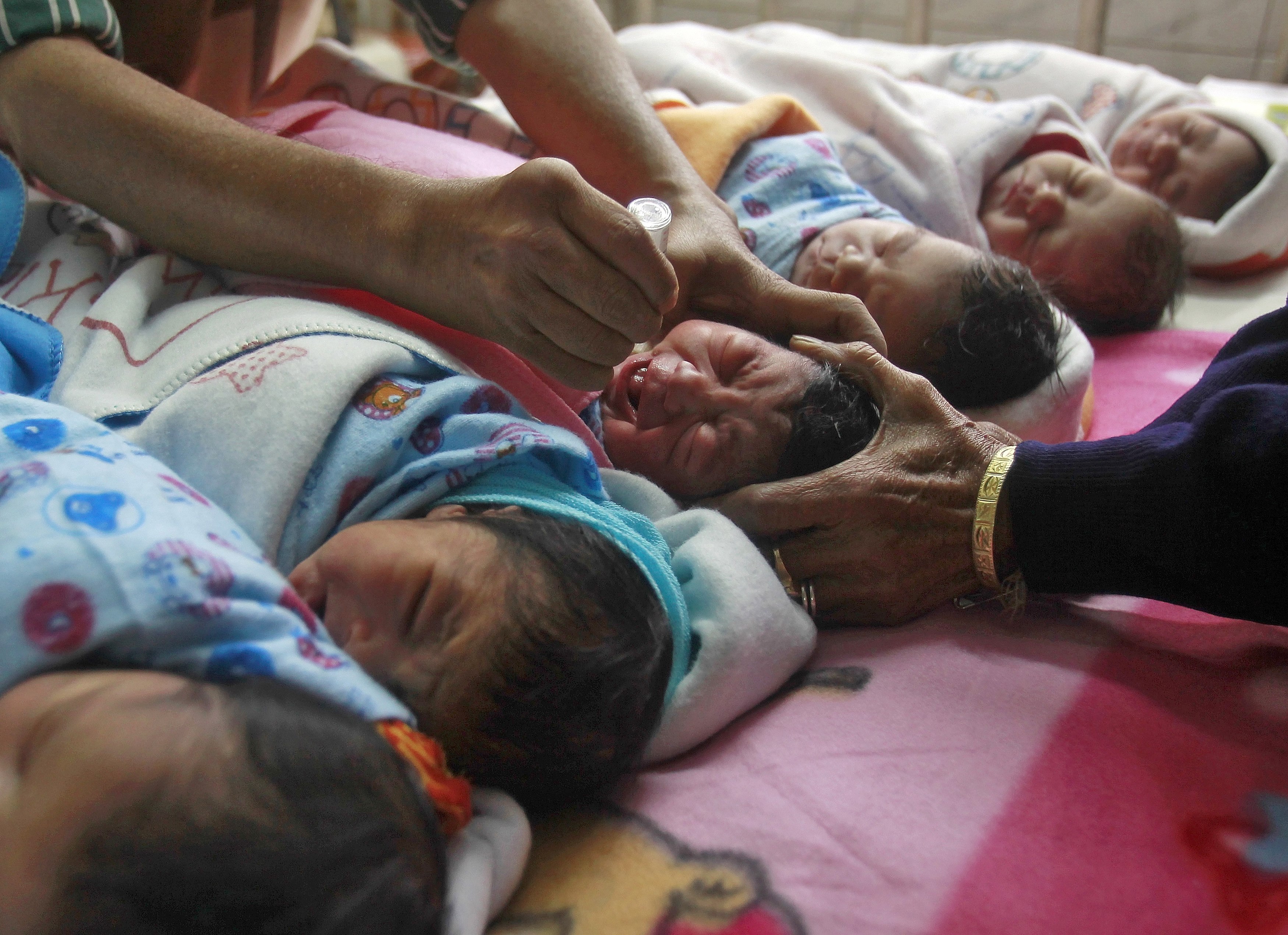
Kerala’s Mangalam newspaper published a selection of tips for readers who wish to conceive a baby boy. The newspaper counselled mothers-to-be to eat well and sleep facing the west. The publication went as far as advising potential mothers to forego breakfast and only have sex on specific days; when “the male sperm is stronger".
Indian police arrest 11 people for trafficking babies in biscuit boxes
Shazia Malik, a consultant obstetrician and gynaecologist at The Portland Hospital in London, discredited the article, saying: "The chance of a girl or a boy at conception is totally random. There is no scientific evidence on any method that will change this statistical chance when a baby is conceived naturally."
However, the strength of a sperm has no bearing on the baby’s sex. The baby’s sex is determined by the chromosome carried by the sperm.
Many Indians have a longstanding preference for sons with a number of baby girls being aborted or killed after birth. Despite laws proscribing the gender of unborn children to be ascertained, sex-selective abortions remain common in India, and have resulted in a decline in the number of girls to boys.
Meet the ‘heaviest baby’ ever born in India
Speaking to the BBC, Disappearing Daughters: The Tragedy of Female Foeticide author Gita Aravamudan said the article was unlikely to have much influence. "This article is even more ridiculous than usual, but such ideas are common," she said.
"It shows that attitudes like this still flourish despite initiatives taken by the Indian government, NGOs and health workers. The message isn't going through: people still value boys more than girls,"Aravamudan said.
This article originally appeared on the BBC.

































1714024018-0/ModiLara-(1)1714024018-0-270x192.webp)









COMMENTS
Comments are moderated and generally will be posted if they are on-topic and not abusive.
For more information, please see our Comments FAQ